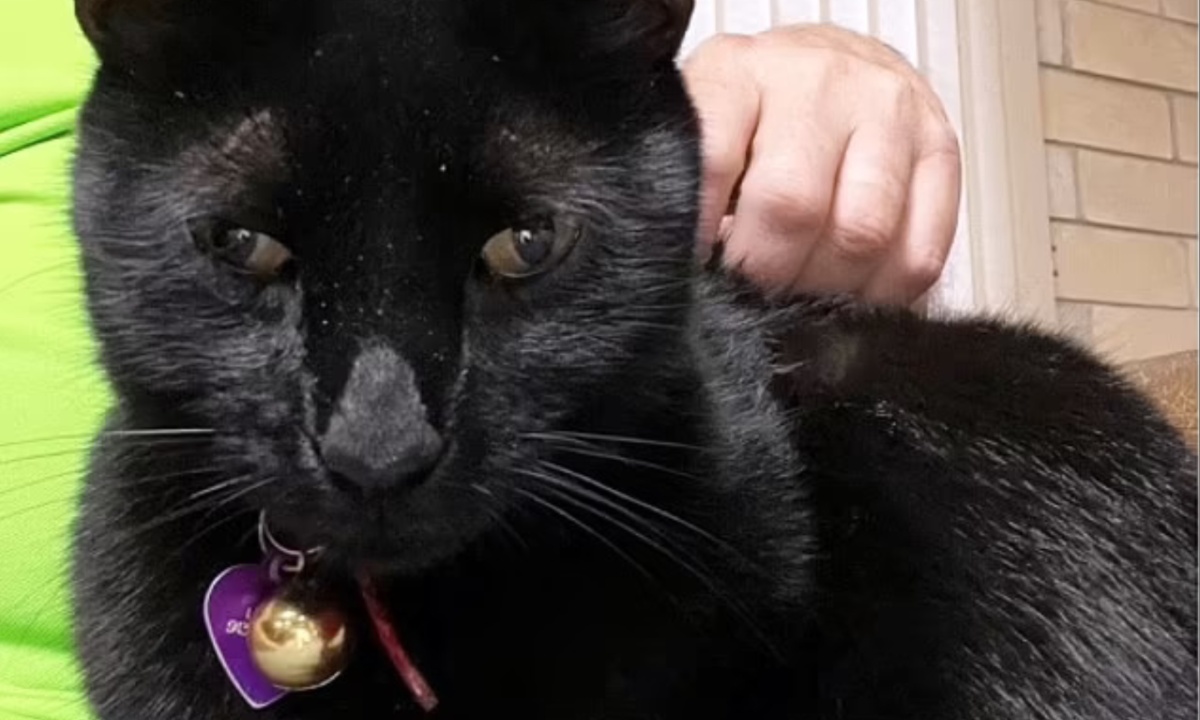A new virus potentially threatening humans has been detected in Florida, marking a significant discovery in virology. The pathogen belongs to the same family as viruses responsible for measles and mumps. This unexpected finding emerged when Dr. John Lednicky, a molecular biologist, brought a common cotton mouse, caught by his pet cat Pepper, to his lab for testing. His research revealed a novel type of jeilongvirus that has evolved from more common strains previously found in Africa, Asia, and South America.
Originally thought to infect only rodents, jeilongviruses have recently been identified in bats and cats, indicating a potential for interspecies transmission, including to humans. Although researchers are still determining whether the new virus causes illness in humans, previous instances of jeilongvirus infections have resulted in severe respiratory symptoms, including cough, fever, and difficulty breathing. Importantly, these infections have not been known to be fatal, which provides some reassurance regarding the new pathogen’s threat level.

Dr. Lednicky noted that the new virus, named Gainesville rodent jeilong virus 1 (GRJV1), is capable of growing in human and nonhuman primate cells, making it a candidate for a possible spillover event. This revelation has prompted researchers, including doctoral candidate Emily DeRuyter, to reflect on the range of viruses that may circulate among animals living in close proximity to humans, further emphasizing the need for vigilance and research in this area.
When the researchers isolated the new jeilongvirus, they discovered it could activate in both monkey and human cell samples, raising concerns that the virus could evolve to infect humans through contact with rodent droppings. Despite this potential, Dr. Lednicky reassured the public that there was no immediate cause for alarm. The severity of illness, should transmission to humans occur, remains uncertain, but it is expected to be primarily respiratory, unlike some other more dangerous rodent viruses.
Cotton mice, the carriers of the new virus, are typically found in the southeastern United States, often inhabiting forests, swamps, and fields, and sometimes in homes. While rodent viruses like hantaviruses can be deadly, affecting a small number of Americans annually, the risk of transmission remains low due to limited human contact with infected rodents. Fortunately, Pepper the cat has shown no signs of illness after interacting with the infected mouse, suggesting that not all encounters with these viruses will result in health issues.
